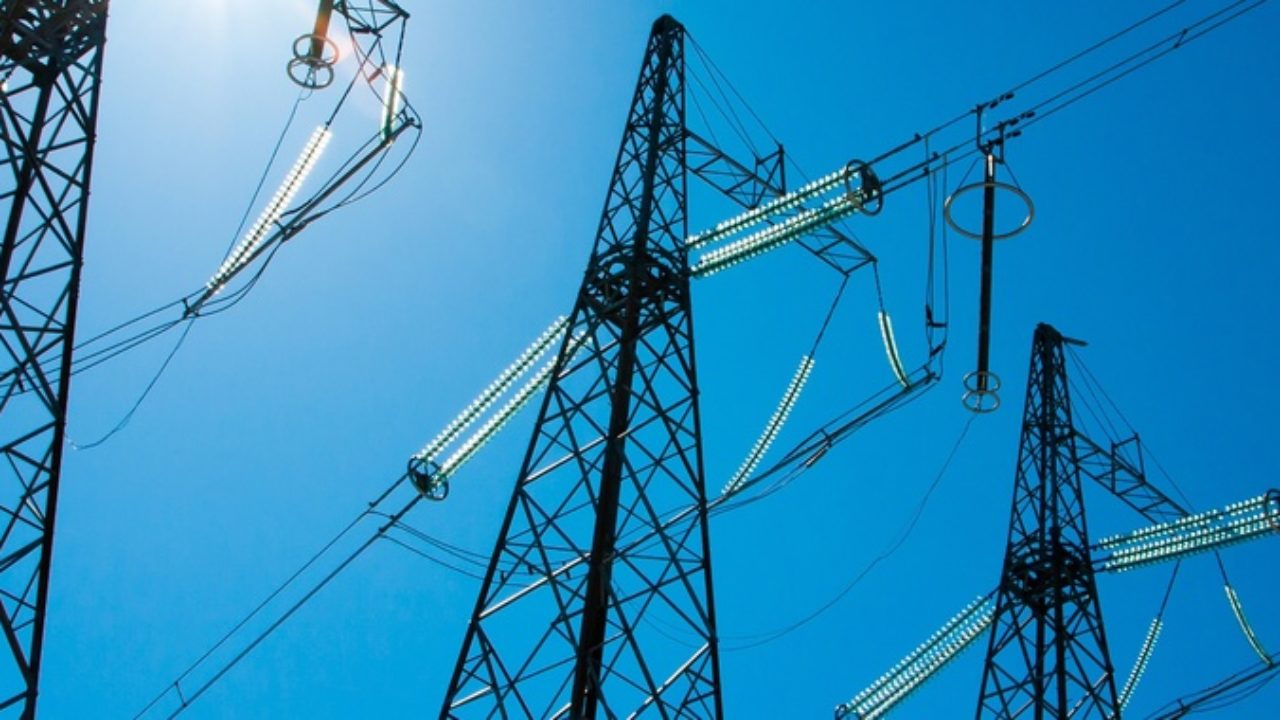Myths and Truths About the Wholesale Electricity Market

Currently, one of the common issues our clients face is that of migrating from a CFE regulated rates to a private supply contract. We get questions like:
· “If I change my supplier, can CFE cut me off or leave me without electricity?”
· “Who helps or cares for my business if a pole falls, a transformer trips and/or the power goes out?”
· “Could CFE stop providing service to me due to my choice of supplier?”
To answer these types of questions, we must first mention how the market is structured. When the electricity market in Mexico was deregulated, different participants or “players” were created, mainly made up of generators, suppliers, marketers, and qualified users. Within this process of deregulation, what is not privatized is the infrastructure for the transmission and distribution of electricity in the system. The confusion arises mainly because CFE is made up of different companies , although they share part of the same initial name, they are responsible for completely different things. For example:
· CFE SSB: basic supply, is the rate known for being regulated and billed to the consumer.
· CFE Generation: is responsible for its power generation plants.
· CFE Transmission: is responsible for carrying energy from the generation plants to the consumption areas on high-voltage lines.
· CFE Distribution: is accountable for bringing energy to end users from the transmission lines.
By law, CFE Transmission and Distribution is the only entity that can provide the service of “carrying” energy to consumers. So, at the time of changing the supplier, a contract is also signed for the CFE Transmission or Distribution service, and that contract would not only have to be respected by law, but it is also proof that there is a service they need to provide.
Among the different tariffs imposed by the CFE, are the DIST (Industrial Demand in Sub Transmission), DIT (Industrial Demand in Transmission), and GDMTH (Great Demand in Hourly Medium Voltage) tariffs. The GDMTH rate applies to services that allocate energy to any user, supplied in medium voltage, with a demand equal to or greater than 100 kilowatts. This rate applies mainly to small and medium-sized companies. Unlike the GDMTH tariff, companies that consume large volumes of energy fall under the DIST and DIT tariffs, where they obtain their energy directly through High Voltage lines, before the energy is transferred to Medium Voltage lines. According to the consumption of these entities during certain hours or periods of the day, they stipulate the cost of their consumption (where the Base rate is the cheapest and the Peak rate is the most expensive).

Regardless of which supplier chooses, they pay for the service that CFE Distribution or Transmission provides by bringing energy to its load center, therefore, any discrimination against any consumer due to their decision as a supplier is illegal. Not only is it wrong for there to be discrimination, nor can a user be denied electricity supply since it is itemized as a “charge” on the invoice by the supplier to the customer. According to Article 4 of the Electricity Industry Law, it is stipulated that the Electricity Supply is a service of public interest and open access must be granted to the National Transmission Network and the General Distribution Networks in terms that are not unduly discriminatory. Source: http://dsiappsdev.semarnat.gob.mx/datos/juridico/leyes/LEY_DE_LA_INDUSTRIA_ELECTRICA.pdf
Additionally, if there is any problem or damage to the infrastructure, the supplier has a 24/7 service center to attend to this type of request and the process remains the same: the supplier communicates with CFE Distribution or Transmission and they, being the only ones who can make adjustments to the infrastructure, would have to solve the problem.
Another important aspect of this issue is the various options that exist for companies looking for an alternative to the CFE SSB regulated rate. It is important to note that each company, each manufacturing process and each plant or meter has a unique consumption profile, and therefore each case must be presented in the same way: tailored. It is key to obtain a complete overview of not only what is available in the market, but also what is best aligned with the company’s objectives.
Unlike the CFE SSB regulated rate, consumers can negotiate the optimal terms and conditions for their business. With a private supplier there is the possibility of negotiating various components, such as the type of generation technology, price, product structure, congestion risks, floors and ceilings, flexibility bands, inflation adjustments, natural gas indexation, type of exchange, Clean Energy Certificates, International Renewable Energy Credits, among others.
To compare the impact of each concept and thereby obtain a “real rate” or one that is feasible and can be compared to the various offers on the table, it is of great importance to carry out a detailed analysis and extensive exercises to not only evaluate and compare the proposal with contracts, but also include the client’s requirements to mitigate the risk and avoid any inconsistent proposals.
For more information on the potential specific opportunities for your company with reference to the Mexico wholesale electricity market and sustainability concerns, you can contact us through our website: acclaimenergy.com.mx.




